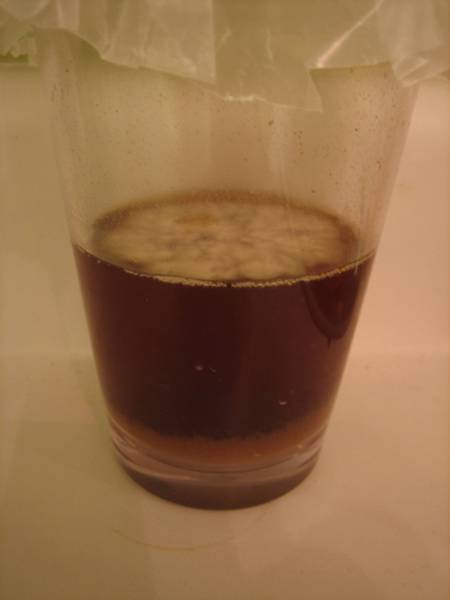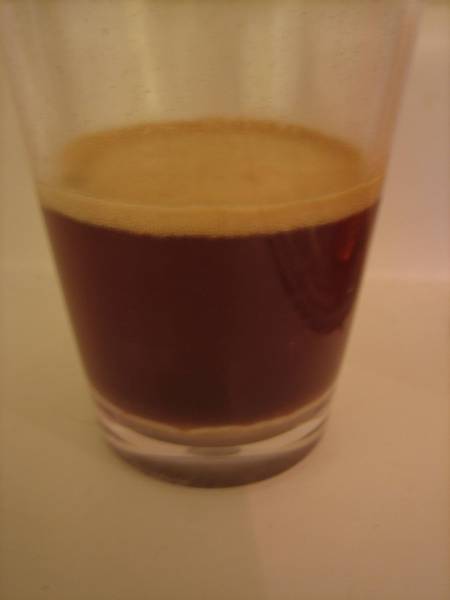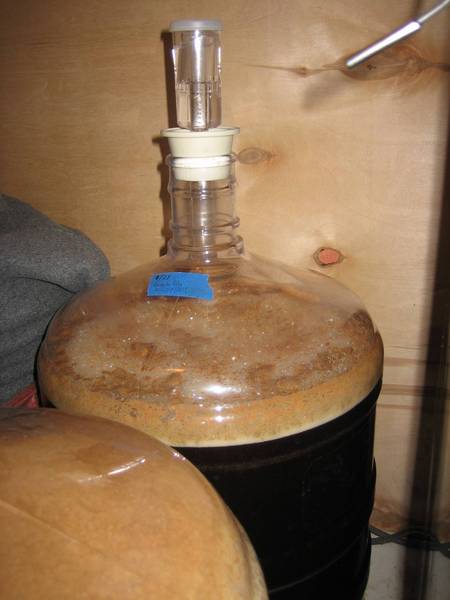ajnachakra
Member
Very cool thread! Going to see what I can grab here in the Boston area!

Hi all,
Today when my wife and I smelled it, it smelled like a cross between sourdough bread and yogurt. (Lactobacillus?) Is this OK at this stage?
Hi all,
Second, my plan to this point has been to capture some wild yeast through the open window of my appartment in Pittsburgh, PA,
-- Matt
As of last night, it was bubbling, although with no sacc like foam on the surface -- and I had it away from sacc carrying bugs and the time. (But, not anymore, thanks!) I wasn't aware lactobacillus made CO2, but this really smells lacto. Could that be a species of lacto, or is there something else likely in there or taking over?My only advice is to put the wort in a place where insects can have access. Yeast isn't just floating around in the air -- it is carried around from one sugar source to another by flies, beetles, and any other bug that likes to eat sugar. So remove the screen from your window, or hide the wort in the shrubs outside your apt. or in a nearby park.

















Sweet! Is the stuff on top just bubbles or is it a pelli of some sort?
Yeah, seeing chilli BUBBLE actively was pretty nasty. However the successful capture seems too be looking good. Just gotta hope I don't get any mold!

it's actually easier to get a culture of yeast growing when the temperature outside is around +2°C for about two weeks straight. Much more then that and it becomes too much of a breeding ground for mold (At least, that's what happened to me)
I captured my wild yeast at about 42 F here in DC.
I stepped it up twice and left it uncovered on the kitchen counter for a month (well, cheesecloth loosely placed on top of jar). I just pitched it into 5 gal of Belgian Pale Ale wort on Friday and it was chugging away after 8 hours. Smells good & the krausen looks just like every other primary ferm. with a laboratory yeast.

Smells good & the krausen looks just like every other primary ferm. with a laboratory yeast.
